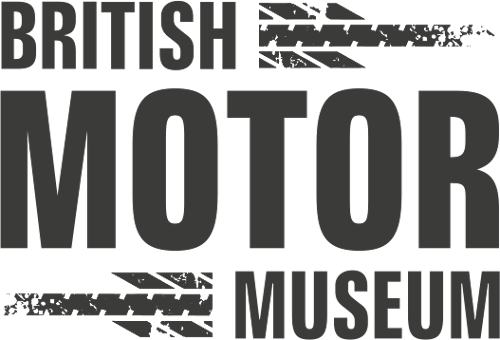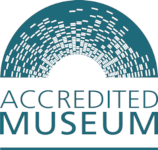J12 M40
British Motor Museum
J12 M40
British Motor Museum

Three of these very special cars were built in 1935-36 and they had absolutely nothing in common with production Austin Sevens. The engine was designed by Murray Jamieson without regard to cost. The engine had the potential to reach 12,000 rpm but the cars were never tuned to give more than 116 bhp at 8,590 rpm: 90 bhp at 7,000 rpm was the more normal tuning for long distance events. The valves were inclined at 100 degrees to each other and the engine was fitted with a supercharger working at 20lb boost. Much of the detail was copied from the TT Vauxhall and the 8-cylinder Grand Prix Delage.
These Austins were the last single seater racers to be built by any major British manufacturer and followed the success of the Seven side-valve racers. One of them was written off, in a hill climbing accident near Bristol in 1936 but the other two have both survived.
Between 1936 and 1939 the cars had many successes, notably on Coronation Day 1937 at Donington, when Goodacre’s car won four handicap races. Dodson lapped Brooklands at 121.2 mph, which still stands as an all-time 750cc class record for the circuit. He also won the Empire Trophy race in 1938, whilst Hadley finished second in the Trophy race in 1939. Hadley also ran away with the last peace-time event, at Crystal Palace on 26th August 1939.

British Motor Industry Heritage Trust, Registered Charity in England & Wales: 286575
Banbury Road
Gaydon
Warwickshire
CV35 0BJ
If using a Sat Nav for directions we recommend you enter the British Motor Museum as a point of interest rather than using the postcode.














.png)


